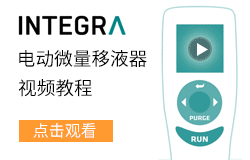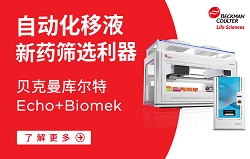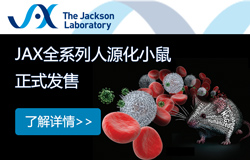Culture of retinal endothelial cells and pericytes
Isolation of retinal microvessels
1. Eyes were obtained and transported on ice.
2. Eyes were cut circumferentially 3 mm posterior to the limbus, the vitreous humor was removed, and the retina was exposed and transferred to solution of primary cell culture medium.
3. Retinas were homogenized by two gentle up/down strokes in a 15 ml Dounce homogenizer (type A pestle).
4. The homogenate was filtered over an 88-m sieve, and large vessels were removed with forceps from the retentate.
5. The remaining retentate was digested in 0.066% collagenase (142 units/mg) and 0.033% bovine serum albumin in PBS for 45 min at 37°C.
6. The homogenate was subjected to centrifuga- tion (1000 x g, 2 min), and the pellet was resuspended in solution of primary cell culture medium, supplemented with 20% fetal bovine serum (FBS), and transferred to culture dishes coated with the indicated components.
7. After allowing 3 hr for cell attachment, the media were removed and replaced with the indicated culture media.
Matrix and media components
1. Fibronectin was obtained from several commercial sources and was also prepared from human plasma.
2. All preparations of fibronectin were used at concentrations of 100 μg/ml and yielded similar results.
3. Hyaluronic acid (grade I) was used at a concentration of 100 μg/ml.
4. Experiments with the combination of fibronectin and hyaluronic acid used 100 μg/ml of each component.
5. Gelatin and pig skin gelatin were used at concentrations of 0.2%.
6. Falcon six-well plates were coated with these components and incubated 30 min at 23°C, and residual matrix solutions were removed.
7. Heparin (grade I) was used at a concentration of 100 μg/ml (equivalent to 7 units/ml).
8. The primary cell culture media were supplemented with either 20% fresh pooled human serum (PHS) or FBS.
9. Endothelial cell growth factor (ECGF) was prepared.
Microvessel adhesion and counting of adherent cells
1. Retinal microvessels were seeded to culture dishes coated with various matrix components in primary cell culture system supplemented with 20% FBS.
2. After 3 hr, the media and debris were removed and fresh media added.
3. Microvessels were counted in five random fields per 35-mm dish (100X).
4. For counts of adherent cells, cells were initially identified by their morphology (later confirmed by selective staining).
5. Endothelial cells grew as colonies of closely apposed cells, whereas pericytes, at least in early primary culture, exhibited an irregular morphology and minimal cell-cell contact.
6. The number of individual pericytes was also determined. It was difficult to count the number of individual endothelial cells due to their close proximity and greater density.
7. Additionally, reduced viability and cell detachment occurred with endothelium exposed to lower temperatures and the altered gas environment during the counting procedure.
8. The number of colonies of endothelial cells was used as an approximation for relative endothelial cell growth.
Subculture of Endothelial Cells and Pericytes
1. Endothelium and pericytes were washed once with Ca2+-, Mg2+-PBS, then incubated in 0.015% and 0.03% trypsin ethylenediaminetetracacetic acid in Versene respectively for 5 min at 37°C.
2. The cell suspensions were transferred to primary cell culture system supplemented with 10% FBS and pelleted by centrifugation at 100 X g for 3 min.
3. The cell pellet was resuspended in primary cell culture system with 10% FBS and seeded to fibronectin-coated culture dishes.
4. After allowing cell adhesion and spreading (2-6 hr), the media were removed and replaced with primary cell culture system containing 10% PHS (endothelial cells) or FBS (pericytes).
5. Culture media were replaced every 48 hr.
6. The growth rate of subcultured cells was determined by cell number as a function of time.
7. For growth experiments, cells were seeded at an initial density of 105cells/T-25 well.
.jpg)
References
1. A Capetandes and ME Gerritsen. Simplified methods for consistent and selective culture of bovine retinal endothelial cells and pericytes. Invest Ophthalmol. Vis. Sci. 1990; 9: 1738-1744.
2. X Su, CM Sorenson, N Sheibani. Isolation and characterization of murine retinal endothelial cells. Molecular Vision. 2003; 9: 171-178.





